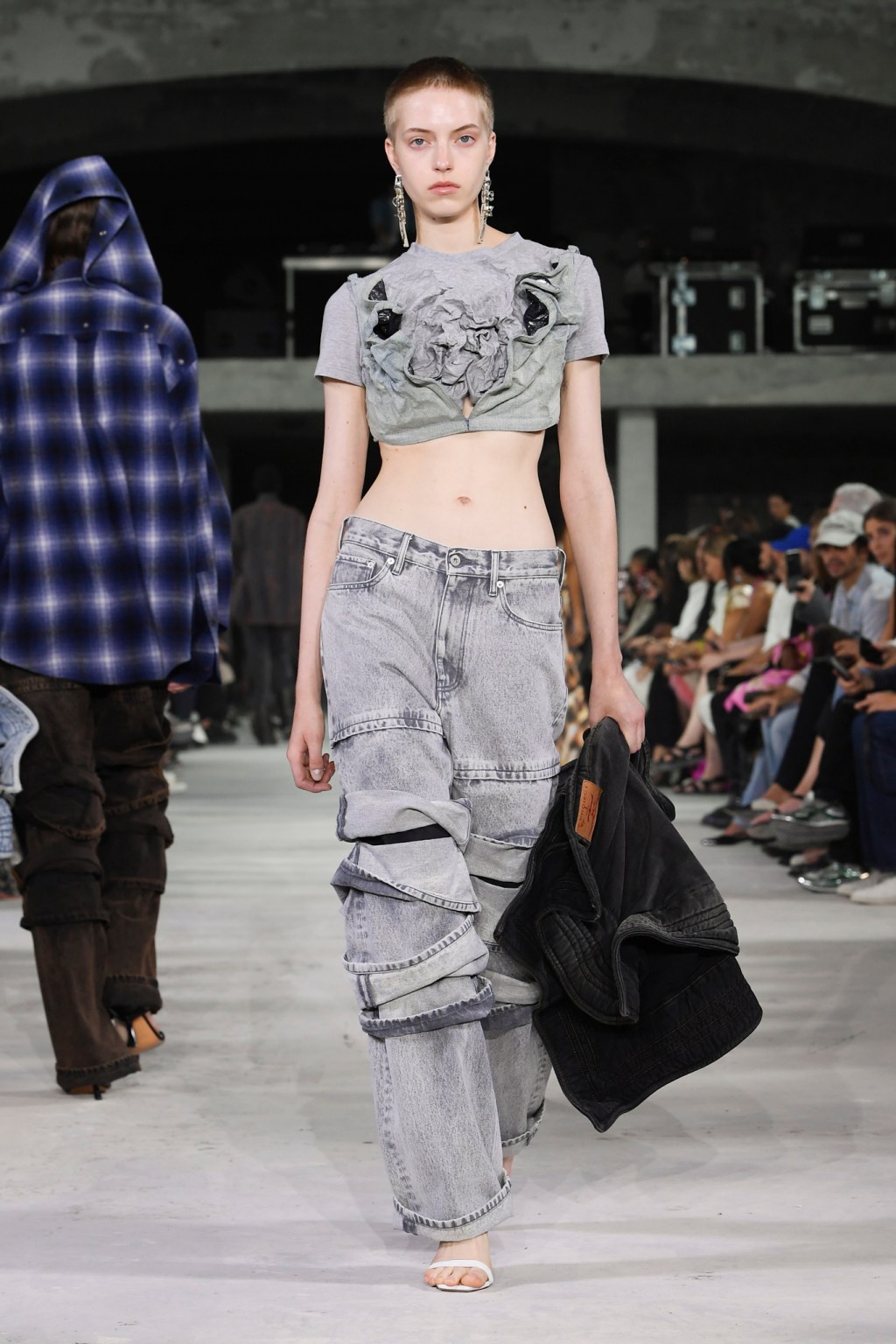Kearney’s latest 2024 Circular Fashion Index report shows that the fashion industry is making progress on sustainability, but is still struggling to fully embrace circularity. The report, titled the “2024 Circular Fashion Index,” is the fourth edition of a study that measures fashion brands’ efforts toward extending the life cycle of their products.
Based on the report, it is clear brands need to change how things are done.
“Overall, today’s global fashion industry still struggles to work in a circular manner,” said Brian Ehrig, a coauthor of the report and global fashion and luxury lead at Kearney. “The majority of brands continue to work within the confines of traditional linear models, making — at least from an ecological point of view — suboptimal choices at nearly every step in the process from raw material selection to consumer education.”
The report also identified the top circular brands. The list included Patagonia, The North Face, Gant, OVS, Levi Strauss & Co., Coach, Gucci, Lindex, Lululemon and Madewell.
You May Also Like
Just like its prior reports, Kearney’s CFX Score methodology for assessing a brand’s circularity efforts is based on seven critical measures. “Brands’ circularity is evaluated from two perspectives; their impact on new product sales to consumers (primary market), and their impact on the secondary market which includes used product sales and recycling,” the authors of the report said. “This year, as part of assessing brands’ primary market levers, we’ve expanded our approach from focusing on recycled material share to include integration of circular design principles including the balanced use of environmentally friendly materials and the avoidance of harmful chemicals.”

As a result, the CFX report revealed that the average score across 235 global brands was 3.20 out of 10, a slight improvement from 2023. This increase was primarily driven by a small improvement in brands’ primary market levers, especially on accessibility of care instructions and emphasis on circularity and durability in brand communications.
However, the report’s authors said that brands’ secondary market levers, such as take-back programs and used clothing sales, remained flat.
“Brands must move away from making siloed design decisions,” said Dario Minutella, Partner and coauthor of the report. “In fashion at least, the whole has always been greater than the sum of its parts. That has not changed. Brands aren’t just selling materials like cotton or polyester. They are selling a completely designed product, therefore rethinking of traditional design approaches is at the core of creating a circular economy.”
The CFX report also found that there is a significant variation in circularity performance among brands only 25 out of 235 scored at least five out of 10 on the Index. The report’s authors said that the fashion industry needs to make significant progress on circularity if it wants to meet its sustainability goals.
“While this may not seem significant, it represents an 8 percent improvement,” Ehrig said. “If the industry could maintain what at first blush may seem a modest improvement rate, this number will double in less than a decade.”
The Kearney Circular Fashion Index is a valuable resource for brands, investors and other stakeholders in the fashion industry. The report provides insights into the challenges and opportunities associated with circularity in fashion, and it can help companies to identify areas where they can improve their performance. Embracing circularity will become more and more important, not only to meet the requirements of new regulations being approved in the EU and US, but also to define new value propositions.



